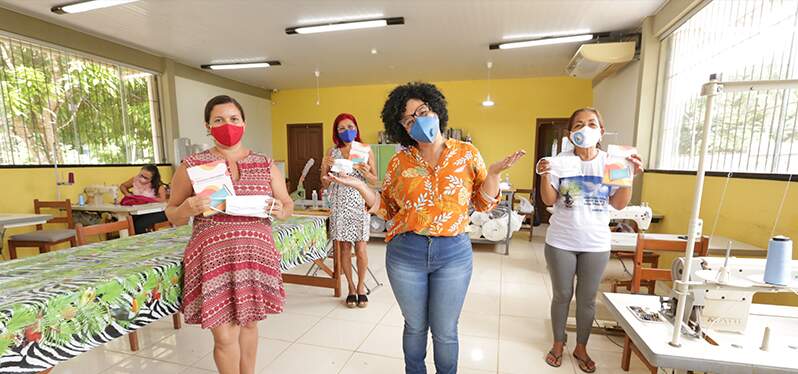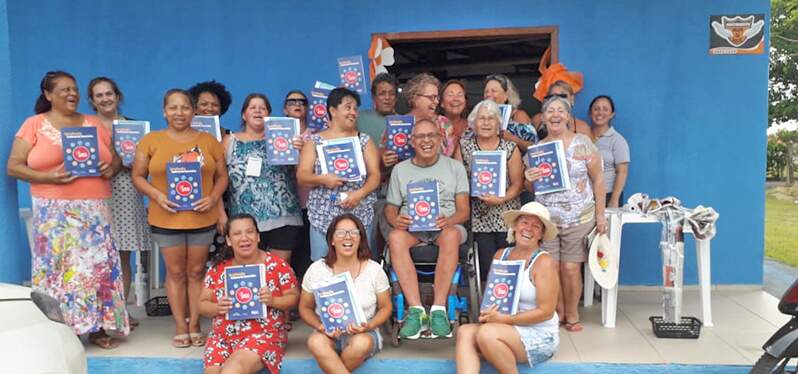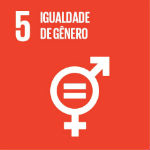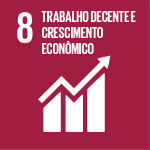Posted in: 11/19/2021
More and more, female entrepreneurship is helping women transform their realities and achieve the awaited financial freedom. But until this dream comes true, there are many obstacles that can lead thousands of them to give up on their endeavors.
According to data from the report “Female Entrepreneurship in Brazil“, released by SEBRAE in 2019, the country had the seventh highest proportion of women in new businesses (ventures with less than 42 months of existence) worldwide. 48% of the total number of Individual Microentrepreneurs (MEIs) in the country were women: of the 52 million, 24 million were women and 28 million were men.
Women decide to become entrepreneurs because of factors such as flexible schedules and the search for professional fulfillment and financial freedom.
While the picture looks promising, a little closer look at the data in the report highlights the gender disparity:
Data from the report Female Entrepreneurship in Brazil, SEBRAE, 2019.
In other words, although the participation of women in starting new businesses is more expressive than that of men, many of them give up due to factors such as lack of support, prejudice, and double work shifts – since, as most of them are responsible for running their homes, they are also in charge of the care economy.

Moreover, only the lack of confidence and the prejudice based on a patriarchal system can explain why they have more difficulty in getting credit and have to pay higher rates, even when they are considered better payers.
Female entrepreneurship is one of the main ways in which a woman can escape social vulnerability and achieve financial autonomy. Having the own income can help many women break the cycle of violence and free themselves from abusive relationships.
Financial dependence, even today, is indicated as one of the biggest barriers that prevent thousands of women from denouncing violence from their husbands/partners. Financial abuse, where restrictions on participation in the family budget and denial of access to the couple’s income are also considered, affects mainly black and low income women. Often, such abuse is accompanied by physical aggression. And, all of them are underreported due the dependence on the partner/husband.
The opportunity and support for women to implement new businesses, achieve repositioning in the labor market, or develop other forms of paid activity are essential to rescue women from this situation of violence.

According to a survey conducted by the Institute of Enterpreneur Woman Network, entrepreneurship helped 48% of the 2,376 women heard during the survey get rid of abusive relationships. In addition, entrepreneurship helped to improve the self-esteem of these women, who felt more independent and secure.
Even for women who are not in this type of context, programs to encourage female entrepreneurship are important to help reduce inequalities. And they can be achieved through public policies and also through private initiatives that understand the importance of women’s participation in society.
For Synergia, the incentive projects for female entrepreneurship are extremely important, especially when we consider that encouraging equality is part of the good sustainability practices, consequently the ESG (environmental, social and governance), that the company aims to comply with.
In addition, Synergia’s total team is 56% female, 51% of them in leadership positions. Seeing women achieve financial sufficiency, personal and professional development, and invest in their own businesses by participating in projects developed by a team with so many women is a pride reason for the company.
The two most recent projects to empower women and encourage entrepreneurship are examples of this:
The Generation Program stimulated and supported local economic and solidarity entrepreneurship through the conception and execution of a business incubation project that would awaken the collective production interests that exist in the influence area of Itapoá Port.
Through the program, craftswomen, craftsmen, and confectioners from Itapoá (SC) were trained, received assistance, and had the identity of their products developed, in addition to learning business management.

The development of the program made it possible for the participants to have an income option during the pandemic, as well as guaranteeing learning that will be taken to the future of local businesses.
Learn more about the Generation Program.
The Barcarena Crossing Project, in Pará, was focused on making, and later donating, 170 thousand homemade face masks to protect against covid-19 and involved 73 seamstresses from local communities – who received training and qualification to do the work.
All the material used in making the masks, such as masks, such as fabrics, trims and packaging, was made available to seamstresses. Besides the immediate income generation for the professionals, who were paid for their production, the project also made it possible for the participants to acquire knowledge, through the qualification carried out by the training program.
The training also included knowledge in the areas of entrepreneurship, business, and the use of digital tools to improve local production and expand the market, generating continuous development of new products and sustainability of the region’s business post-pandemic.
Learn more about the Barcarena Crossing Project.
*Synergia is committed to the United Nations Agenda 2030 and believes that everyone can and must contribute to the Sustainable Development Goals. This includes initiatives for the promotion of gender equality and the empowerment of girls and women.*


Sign up and receive our news.